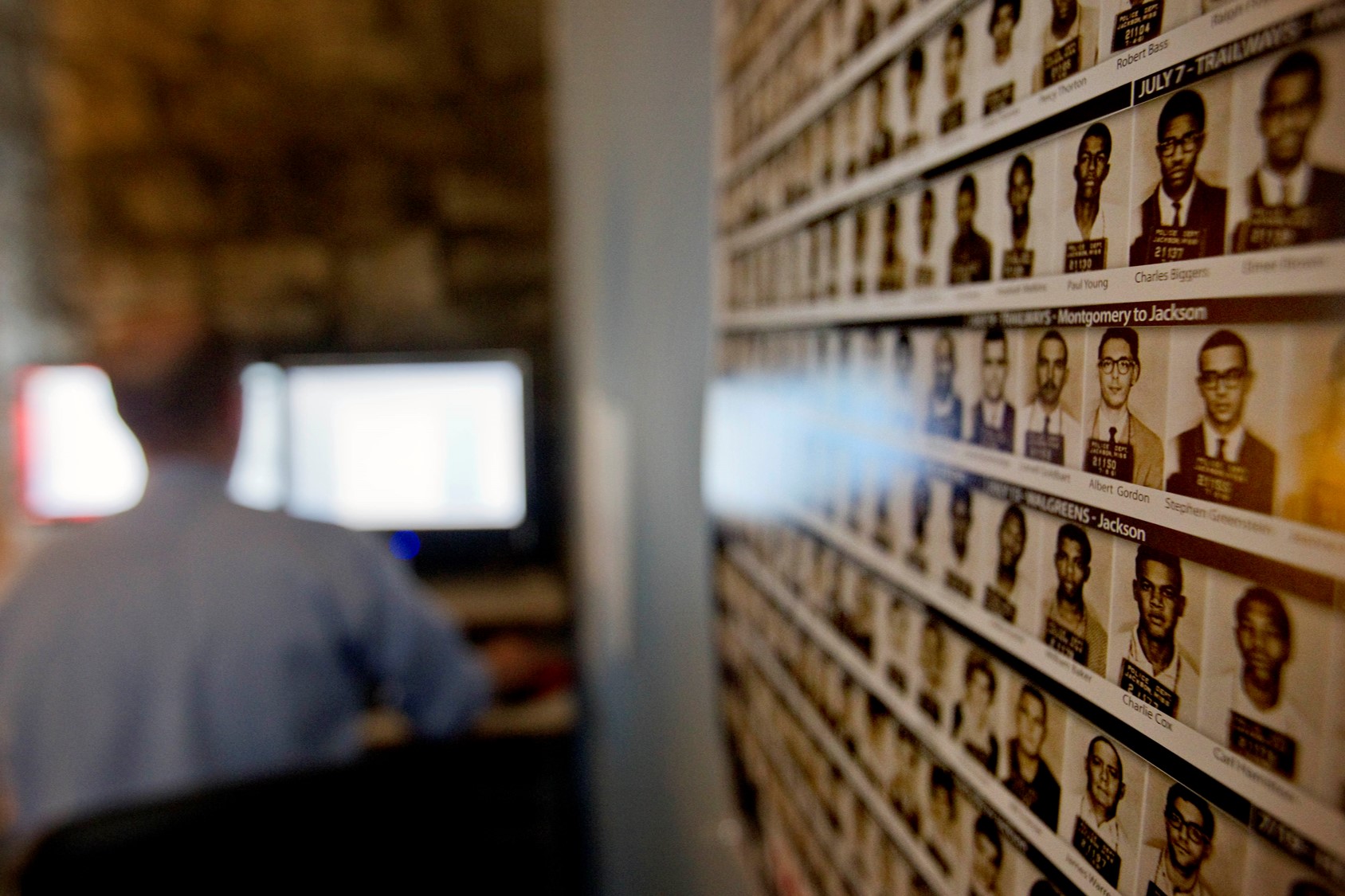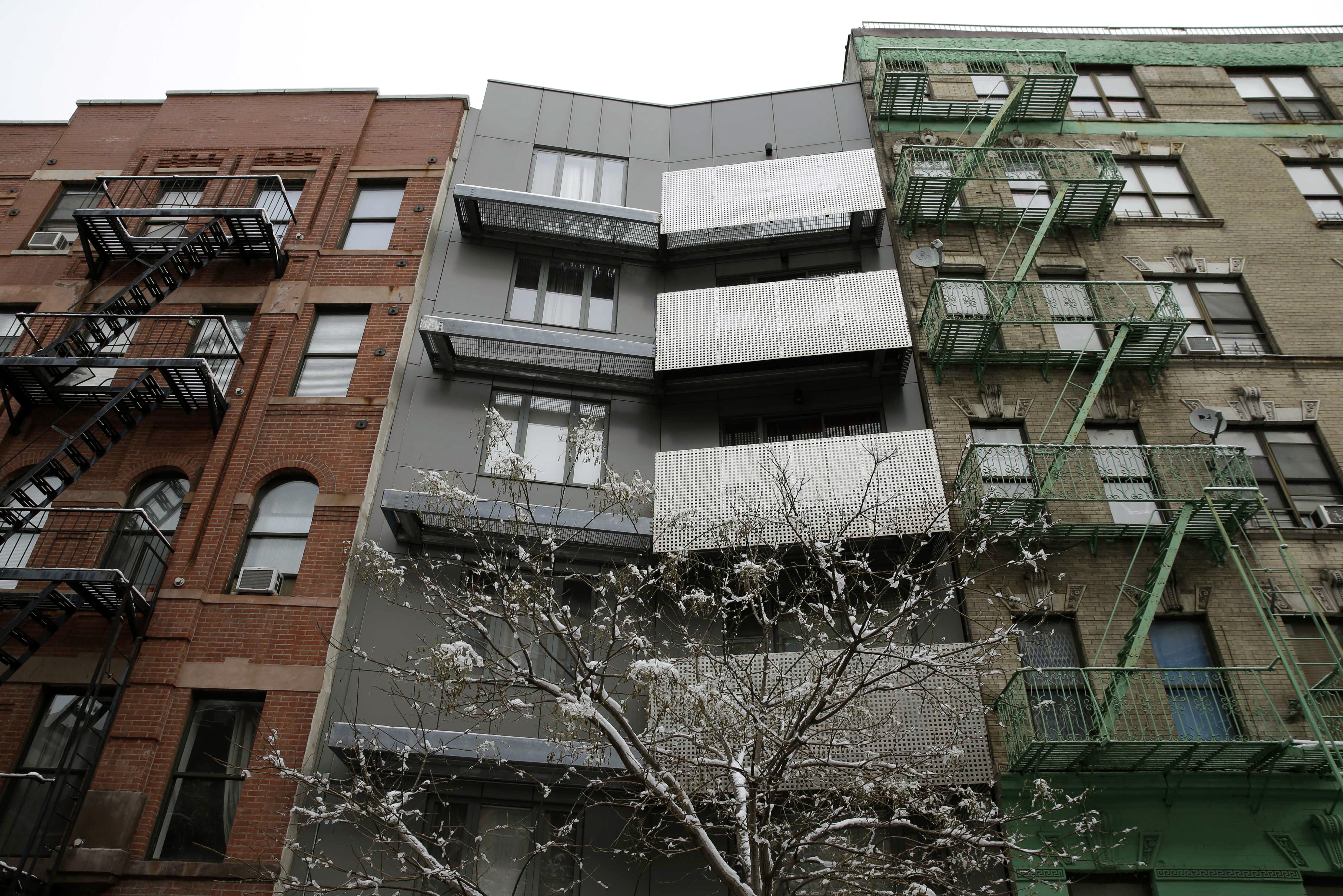It’s going to take a movement to end poverty.
I didn’t know that when I started doing anti-poverty work in 2001. I was teaching at American University, and I volunteered to deliver food to people living in poverty in Washington, D.C. In apartment after apartment, I witnessed something that shook me: Families living with empty cupboards and refrigerators. Children living in homes without any furniture. Mothers and babies sleeping on the floor.
That was a life-changing moment. I went home and founded A Wider Circle out of my one-bedroom apartment, initially collecting furniture from people I knew to give to people I didn’t know, and leading life skills and professional development workshops in shelters. Since that first year, we have furnished 22,000 homes throughout the Washington region and led 3,500 workshops.
I recognize that it takes more than a bed, or educational programming, to get out of poverty. It takes comprehensive job training. It takes connecting people with skills and education with other people who have not had the same opportunities. It takes a visible grassroots effort that includes all segments of society—government, business, nonprofits, schools, faith and civic groups, and communities—connecting and creating change together.
In short, it takes a movement.
A movement made up of people like Dr. Leonard Brock, who is leading “ROC the Future” – Rochester, New York’s community-wide initiative dedicated to ensuring that all children receive the opportunities and support they need – from birth to career. Dr. Brock has the respect and credibility to lead the charge; the son of a single mother, he grew up in public housing in Rochester’s worst neighborhood and went on to earn his master’s and doctoral degrees.
“The challenges we face are systemic,” he says. “Silos do not work to address systemic problems. We need all hands on deck.”
It takes leaders like Scott Miller, founder and CEO of Circles USA. Scott believes “the responsibility for both poverty and prosperity rests not only in the hands of individuals, but also with societies, institutions, and communities.” His model matches low-income families with community members who volunteer to serve as “allies,” supporting families as they become self-sufficient.
The movement needs allies in the business community like Kelly Caplan. Community Outreach Coordinator at Washington Gas, Kelly is committed personally and professionally and understands what’s needed for major change to occur. She knows the first step toward our nation ending poverty is “believing that it is possible.”
Sixteen-year-old Sejal Katherine Makheja believes. Two years ago while volunteering at a D.C. nonprofit, she met Juan, who talked about his struggles finding a job. Sejal found his situation hard to comprehend until her father explained that many people don’t have advantages–such as access to a high-quality education–that she has. So she told her parents she wanted to help Juan get an education. Her family paid for Juan to go to community college, where he earned his certification in construction. Soon after, he landed a fulltime job.
“That small gesture changed his life,” Sejal says. “I want to replicate that again and again.” And she is, through her organization, The Elevator Project, dedicated to “lifting the financially disadvantaged one person at a time.”
Many think that ending poverty is unrealistic or downright impossible. Start where you can. Donate a bed. Or professional clothing to help someone get a job. Donate your time as a mentor. Join people living in poverty and coalitions of professionals from diverse fields from around the country at the March 28 National Conference on Ending Poverty. You will leave the conference more connected with people devoted to ending poverty, and more equipped to take action. As Georgetown University law professor Peter Edelman–who will keynote at the conference–writes in So Rich, So Poor: “Our side has one main weapon… Our weapon of mass construction when we use it – is us.”
In October, I met Maseray Bundu when she enrolled in our week-long job training program. The single mother of three is doing everything she can to become self-sufficient, despite the many obstacles she faces–from raising a child with asthma to finding a fulltime job that pays a living wage. Her email address reflects her eternal optimism. It reads: “EverForward.”
It’s time to make sure Maseray and so many others in poverty are no longer struggling alone. It’s time to build a movement to end poverty.
Ever Forward.













